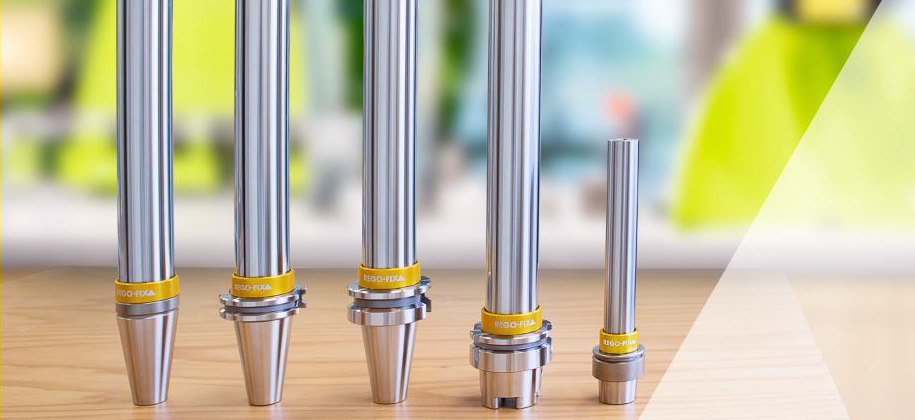Though oftentimes measured in millionths of an inch, total indicator runout (TIR) or simply runout is among the top concerns of every machining operation – especially those requiring tight tolerances. Though not always fatal to a particular machining process, TIR can contribute significantly to premature tool wear.
Starting at the spindle and involving every part of the assembly down to the cutting tool, TIR, the deviation from point-to-point perfection, comes in several forms. Low load TIR is encountered when the spindle moves in a side-to-side motion at a given spot. More commonly, unacceptable TIR results when the rear of the spindle is reading a different value from the front. Though the difference may be negligible – perhaps 50 millionths of an inch – when the angle is carried forward past the spindle nose to the cutting tool, the deviation can be significant enough – 0.001 to 0.0015 of an inch – to negatively impact the job.
Adding more variables to the mix simply compounds the issue. A collet or other tool holder comes with its own deviations that add to the TIR value, followed by that of the cutting tool itself. By the time one reaches the end of the cutting tool, the machinist could be dealing with 0.0025 of an inch of TIR. In many scenarios, however, that amount of TIR would be inherent in the machine: there’s nothing particularly “wrong” with the system, and the art of machining comes into play by adjusting components for optimal performance.
For example, during assembly, it’s possible that tool holder runout is 180 degrees opposite that of the spindle, effectively canceling TIR altogether between those components. One doesn’t particularly know during tool assembly how the process will play out. It primarily centers on the variability of the machine, and there is little a machinist can do to control that process.
In some cases, a machine’s TIR is acceptable given the tolerances the shop is working to. When the gap is too great, however, action must be taken in the form of extra maintenance or taking on a spindle rebuild. Other negative consequences of excessive TIR are poor surface finishes and premature cutter wear. In the case of the latter, a four-flute cutting tool, for example, could have enough TIR that only one flute is engaged until it wears sufficiently to allow the other flutes of the tool to begin cutting. That situation costs time and money in retooling, labor costs and lost production.
To minimize compound runout, ensure that all assemblies are clean. Make sure the spindle, tool holder exterior and collet assembly are free of chips and other debris. Using an auto-presetter provides a good baseline reference value as well, though they are not foolproof. Finally, bring the machine to operating temperature and perform a runout with a master or test bar.
The REGO-FIX MasterBar family of test arbors are designed to check and align the tool spindle and are a solid solution for increasing quality and minimizing scrap costs. Utilizing a MasterBar test arbor increases process reliability and minimizes the risk of spindle damage. With test readings in hand, shops can track TIR progression of their spindles to determine if and when their equipment will not provide the tolerances or performance required.

